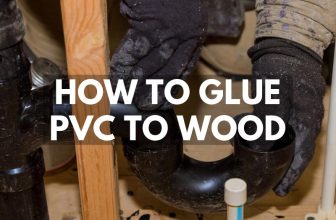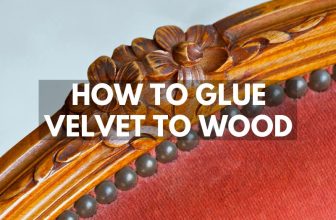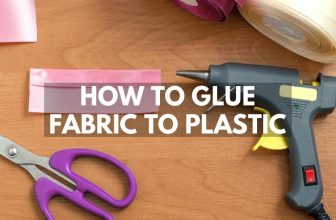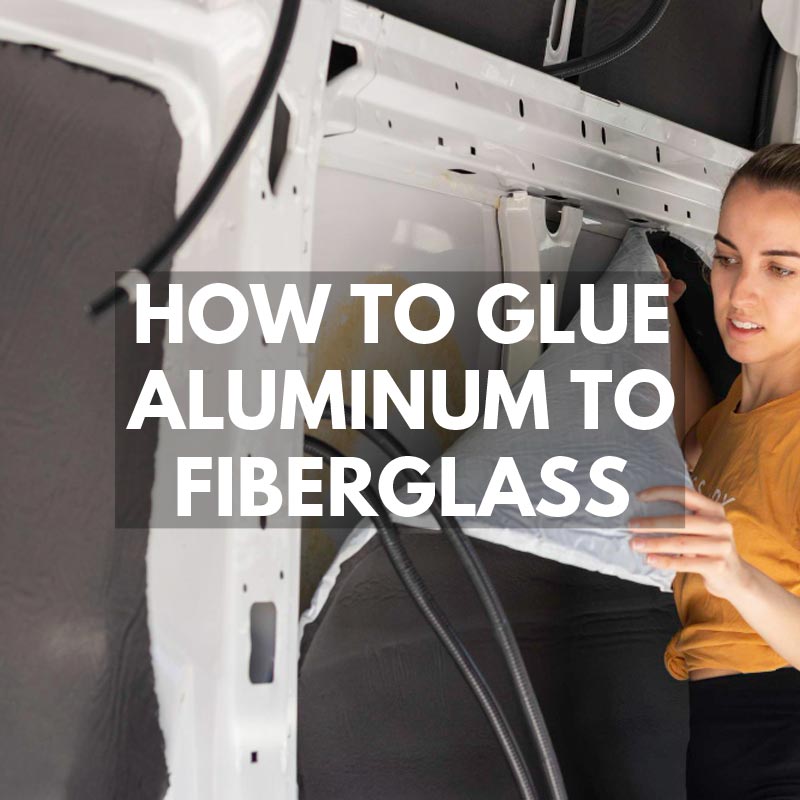
This guide on how to glue aluminum to fiberglass explains the different types of glue you can use, how to use them, and the tips we have learned about gluing aluminum to fiberglass without nails or screws. You will learn about the preparation that you should do to both surfaces before you start and also what you need to do to help the adhesive set with a tight bond.
If you’re looking to bond metal to fiberglass, waterproof epoxy is the best adhesive to use even with aluminum. This guide will give you everything you need to know about gluing these materials together.
How to Glue Aluminum to Fiberglass
- Before you start gluing your fiberglass, ensure that the surface you want to glue is clean and free of any oils or even dirt.
- Make sure the pieces are well aligned before applying the glue-this may require trial and error with your project.
- Once you have applied your adhesive and aligned your aluminum to the fiberglass piece, clamp it firmly in place (with rubber band clamps).
- Allow it to cure overnight before removing any clamps or weights used on top of the pieces.
Which Glue Should You Use for Aluminum to Fiberglass?
Aluminum is not as easy to bond to fiberglass as you might think. It is a metal, and therefore it will corrode and rust if it touches the watery surface of the epoxy resin in your glue. This means that when you apply an adhesive between them, they won’t bond together properly. Fortunately, glues on the market are designed specifically for bonding aluminum and glass at the same time!
Epoxy Resin
Epoxy glues are suitable for most applications where high strength is quite needed. They are also flexible enough to withstand movement between the two surfaces being bonded together, which makes them ideal for boats, cars, and other vehicles that may be subject to stress or vibration as well.
MAX Bond Low Viscosity Marine Grade Epoxy Resin is a two-part resin and hardener system that cures with a very tough impact-resistant, high-strength finish. It works well for all types of high-strength fabrication of wood, fiberglass, aluminum, and steel. MAX BOND can be used for boat repairs and restoration as well as general construction, including garage floors and anytime fiberglass meets aluminum.
Silicone Adhesives
Silicone adhesives are non-toxic and don’t emit volatile organic compounds (VOCs) during curing as epoxies do. They are generally easier to work with than other adhesives because they cure at room temperature instead of requiring heat activation as epoxies.
RUTLAND High Heat Silicon is rated up to 500° F (260° C) and forms a tough, flexible seal between aluminum and fiberglass. Stronger than regular high-heat silicone sealant, this product is perfect for sealing coolant tubes, hoses, and other high-heat materials. If you have to attach some aluminum to a fiberglass surface around an engine for example, this would be an excellent choice.
Polyurethane Glues
Polyurethane glues are typically used for small projects like fixing cracks in furniture or building dollhouses because they are easy to use and less expensive than epoxy glues.
SikaBond Ultimate Grab is the perfect solution for hanging, securing, and bonding aluminum to fiberglass indoors and outdoors. It is waterproof, water-immersive, and able to withstand extreme weather conditions where your two surfaces are exposed. This product is flexible enough to allow movement between substrates and is durable, waterproof, and resistant to both acids and alkali. You will need a caulking gun for this one.
How to Prepare Aluminum and Fiberglass Before Gluing
Before you begin gluing, the aluminum and the fiberglass must be clean. To clean your fiberglass, use a soft cloth with soap and water to remove any oils from your hands or other contaminants that could prevent the glue from bonding. If necessary, you can also use an alcohol-based solvent, such as rubbing alcohol.
Clean your aluminum by washing it with soap and warm water until all dirt is removed from its surface. If there’s any oil or grease still present on your part after washing, be sure to give it another thorough scrubbing before proceeding with this project so that it doesn’t interfere with adhesion between materials when they’re joined together later on!
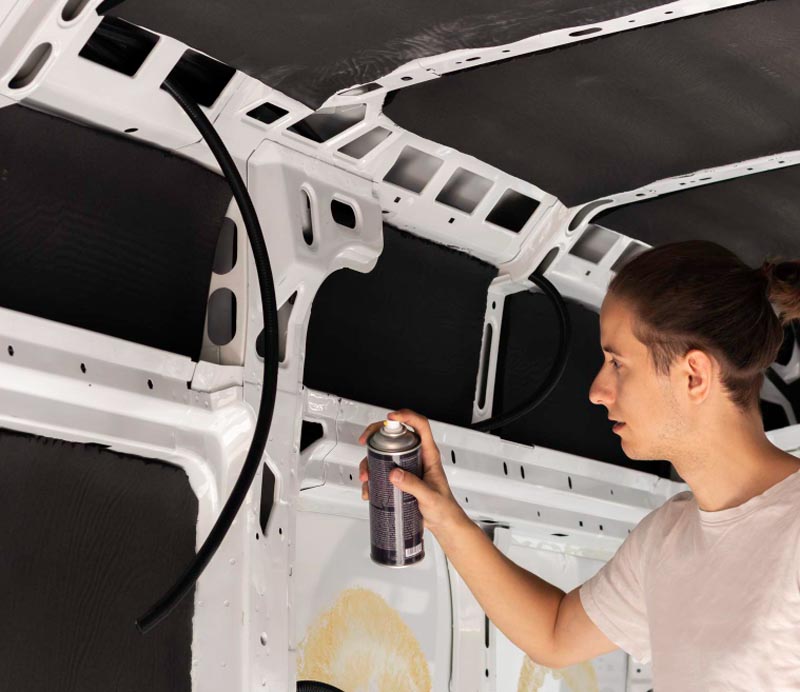
How to Apply Glue to Aluminum and Fiberglass
It is important to apply the glue evenly on both surfaces. A brush or even a roller is ideal for this purpose. You can also use a trowel, but getting an even coat of glue on both sides of the glass cloth or aluminum sheeting with that method may be harder.
To get good adhesion, apply glue to all edges of your metal (and fiberglass) materials when gluing them together. This will help ensure that everything sticks down tightly and stays secured until it is set completely. Once applied properly, the bond between these two materials will remain strong enough to stay attached even when handled roughly by construction workers who don’t know how delicate they are!
How to Cure Aluminum and Fiberglass Glue
The glue’s cure time depends on the glue type and how it was applied. For example, epoxy requires a 24-hour dry time before you can handle it, but polyurethane can be handled after an hour. As for whether or not you need to apply pressure until it is dry, this also depends on your particular mode of application.
Conclusion
And there you have it! The best glue to use is epoxy. It is a two-part glue with different kinds, so make sure you buy the right one for your project. The best way to apply glue is with a paintbrush or other small brush as well.
We hope this guide on how to glue aluminum to fiberglass helped solve your problem or encourages you to start that project you’ve had on your to-do list for months now. Thanks for reading.







